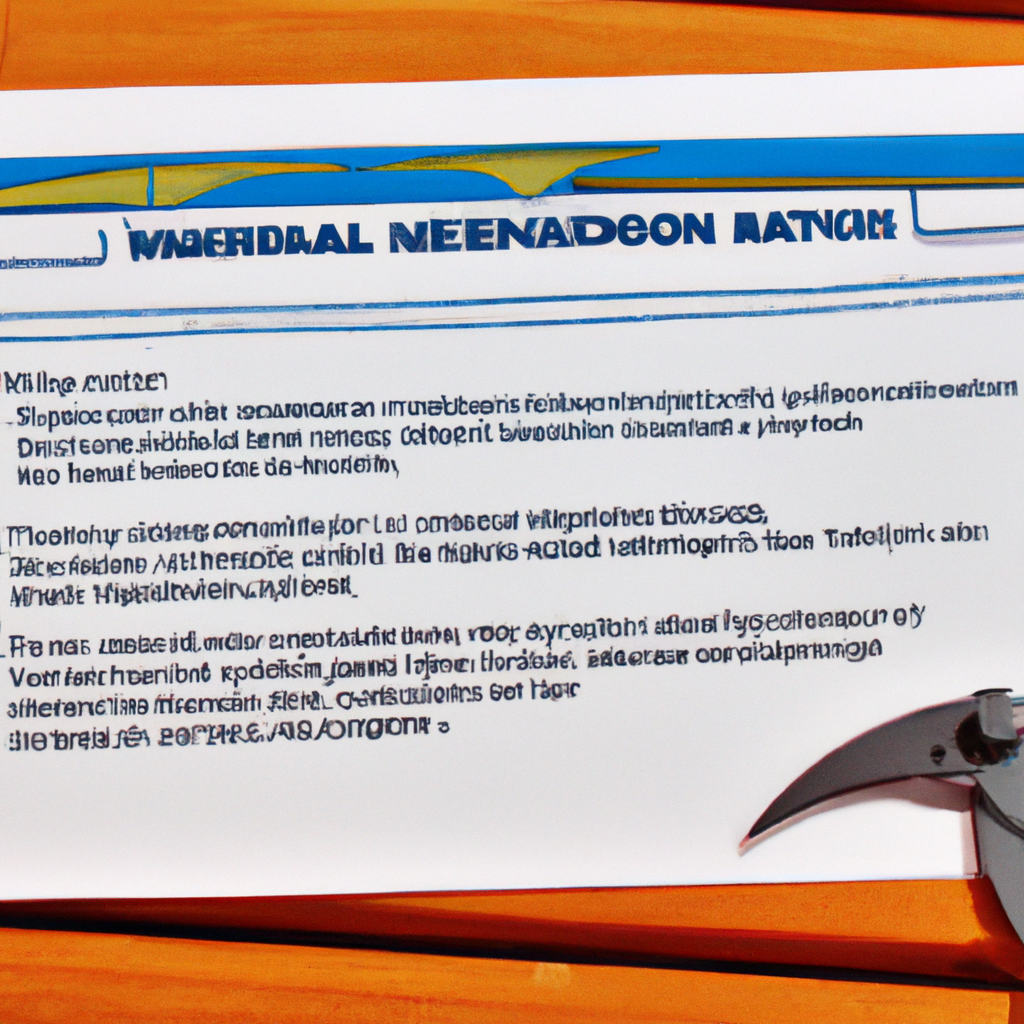Sailing Safely: Complete Guide to the Repair and Maintenance of Nautical Equipment

Navigation is an activity that requires equipment in optimal conditions to guarantee a safe and pleasant experience. However, nautical equipment, like any other machinery, is subject to wear and tear and breakdowns that can compromise its effectiveness and safety. Therefore, it is essential to understand the repair and maintenance practices of marine equipment to keep them in perfect working order. This article will provide a comprehensive and accessible overview of this relevant topic, from repair and maintenance basics to a step-by-step guide to preventive maintenance. Additionally, common problems and their solutions in the repair of marine equipment are explored and helpful tips are provided on how to extend the life of these valuable assets through proper maintenance. Whether you are an experienced boater or a beginner, the information in this article will be very useful to you.
- 1. "Basics of repair and maintenance of nautical equipment"
- 2. "Step-by-step guide for preventive maintenance of nautical equipment"
- 3. "Repair of common nautical equipment: problems and solutions"
- 4. "How to extend the life of your nautical equipment through proper maintenance"
1. "Basics of repair and maintenance of nautical equipment"
The repair and maintenance of nautical equipment are essential tasks to ensure the safety and optimal performance of vessels. The basics of these tasks include regular inspection of boat components, preventive maintenance of engines and electrical systems, repair of structural damage, and cleaning and care of the hull and deck. Repair may involve replacing damaged parts, fixing mechanical or electrical problems, or repairing damage to fiberglass, wood, or metal. On the other hand, regular maintenance may include lubricating moving parts, cleaning air and fuel filters, checking the steering system, and protecting against corrosion. Knowing and applying these basic concepts can help extend the life of marine equipment and prevent costly and dangerous breakdowns.
2. "Step-by-step guide for preventive maintenance of nautical equipment"
Carrying out preventive maintenance on nautical equipment requires first identifying the equipment that requires maintenance. Next, you need to review the manufacturer's manual for maintenance recommendations and suggested time intervals for each task. Common steps include: visual inspection for obvious wear or damage, cleaning parts exposed to water salinity to avoid corrosion, checking the electrical system to ensure proper operation, and lubricating moving parts. to reduce friction. In addition, it is important to check safety systems such as life jackets, flares or radio beacons. For engines, oil and coolant levels should be checked, and oil and air filters changed if necessary. Finally, all systems should be tested to ensure they are working correctly. This process must be documented to keep track of the tasks carried out and schedule the next interventions.
3. "Repair of common nautical equipment: problems and solutions"
Repairing common marine equipment can present a variety of problems and challenges. One of the most common problems is corrosion caused by constant exposure to salt water. This can damage engines, hulls and electrical systems. The solution to this is regular maintenance with deep cleaning and the application of anti-corrosion products. Another common problem is wear of moving parts, such as propellers and rudders. To fix this, these parts need to be replaced periodically to ensure optimal performance. Electrical systems can also short circuit or fail due to moisture. In these cases, expert electrical maintenance is crucial to keep all systems working properly. Finally, general hull wear and tear can lead to leaks and structural damage. Repair of these areas is crucial to the safety and integrity of the vessel.
4. "How to extend the life of your nautical equipment through proper maintenance"
Prolonging the useful life of your nautical equipment is possible through proper and regular maintenance. This process begins with constant cleaning of the equipment, avoiding the accumulation of salt and dirt that can corrode and damage the components. Additionally, it is vital to perform regular inspections to detect any signs of wear or damage and repair them immediately. It is also important to protect equipment from the sun and harsh weather conditions, as prolonged exposure can cause discoloration, cracking, and other damage. Lubricating moving parts helps reduce friction and wear, thereby prolonging equipment life. Lastly, proper storage in a cool, dry place can prevent many problems in the long term. By following these maintenance guidelines, you can ensure that your marine equipment stays in the best possible condition for as long as possible.
